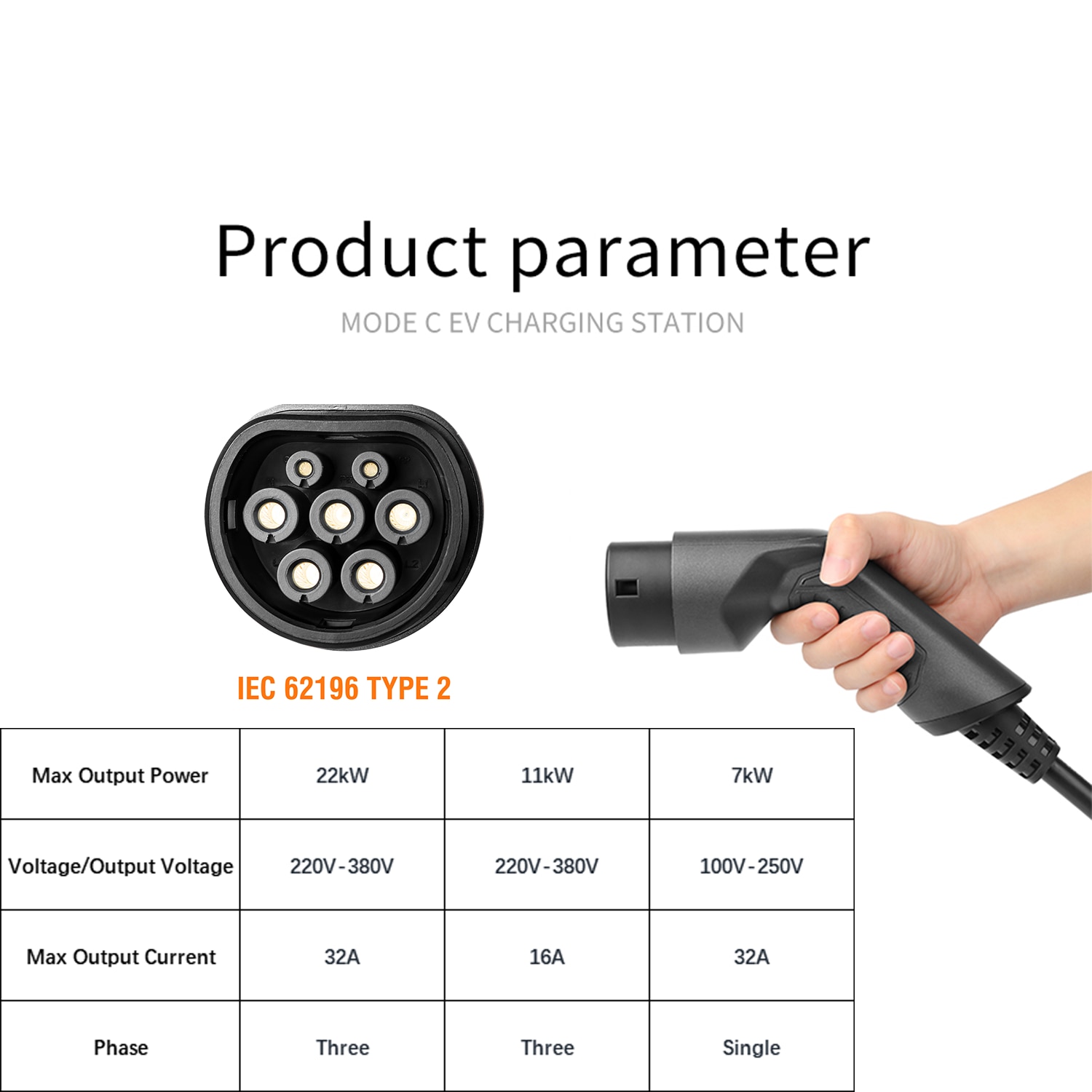In the world of automotive performance, enthusiasts are always seeking ways to unlock the full potential of their vehicles. One aspect that often comes into play is the Electronic Control Unit (ECU), a vital component responsible for managing various aspects of a car’s operation. In recent years, discussions have arisen around a particular modification known as VMAX disabling. This blog post aims to shed light on VMAX disabling, its implications, and its impact on vehicle performance.
Understanding VMAX Disabling
VMAX disabling refers to the act of modifying the settings within a car’s ECU to remove or alter the speed limiter imposed by the manufacturer. Vehicle manufacturers often implement speed limiters to ensure the safety and compliance of their vehicles with local regulations. These speed limiters prevent the vehicle from surpassing a predetermined maximum speed, commonly referred to as the VMAX.

The Motivation Behind VMAX Disabling
Enthusiasts who pursue VMAX disabling typically do so with the intention of unlocking their vehicle’s full speed potential. By removing or adjusting the speed limiter, they believe they can achieve higher top speeds and enhance their overall driving experience. However, it’s crucial to note that engaging in VMAX disabling may have legal implications, as it can potentially violate traffic laws and regulations. It’s important to consider local laws and safety guidelines before considering such modifications.
Implications and Considerations
- Legal Concerns: Before engaging in any modifications that involve disabling the VMAX, it’s crucial to understand the legal implications in your specific region. Speed limiters are implemented to ensure the safety of both the driver and other road users. Disabling these limiters may result in legal consequences, fines, or even the suspension of your driving privileges. Always consult local laws and regulations to make an informed decision.
- Safety Considerations: Vehicle manufacturers implement speed limiters for a reason. They take into account various factors such as tire ratings, suspension capabilities, and overall vehicle stability. By removing the speed limiter, you may push your vehicle beyond its designed limits, which can compromise safety. It’s essential to consider the potential impact on your vehicle’s braking, handling, and overall stability when considering VMAX disabling.
- Warranty and Insurance: Modifying your vehicle’s ECU to disable the VMAX may void your warranty and affect your insurance coverage. It’s important to understand the terms and conditions of your warranty and consult with your insurance provider before making any modifications. Failure to disclose such modifications may result in denied claims or coverage.
Methods of VMAX Disabling
Several methods exist for disabling the VMAX in a car’s ECU. It’s important to note that these methods vary depending on the make, model, and year of the vehicle. Here are a few common approaches:
- ECU Remapping: This method involves modifying the ECU’s software to alter the speed limiter settings. It requires specialized tools and expertise to access and modify the ECU’s programming. ECU remapping can often provide more comprehensive control over various performance parameters, including the VMAX.
- Performance Tuning Modules: Some aftermarket companies offer performance tuning modules that can be installed between the ECU and various engine sensors. These modules intercept and modify the signals to the ECU, effectively bypassing or altering the speed limiter. However, it’s important to choose reputable and reliable modules to ensure proper functionality and avoid potential damage to the vehicle.
- ECU Replacement: In certain cases, enthusiasts may opt to replace the vehicle’s ECU entirely with an aftermarket unit designed for performance modifications. These aftermarket ECUs often provide greater flexibility in adjusting performance parameters, including the VMAX. However, ECU replacement can be a more complex and costly solution, requiring expertise in wiring and compatibility.
- Custom Software Programming: For advanced enthusiasts and professionals, custom software programming can be an option. This involves writing or modifying the ECU’s software code directly to disable or adjust the speed limiter.Various tools are used in this proces like ECU flashers. Custom software programming requires in-depth knowledge of automotive software and may carry additional risks if not executed properly.
It’s important to note that VMAX disabling modifications should be approached with caution and undertaken by individuals with appropriate knowledge and experience. Improper modifications can lead to significant damage to the vehicle, compromised safety, and legal consequences.
Automotive enthusiasts who want to maximize their vehicle’s speed may opt to disable the VMAX. Understanding the ramifications and factors related to such adjustments is vital, though. Important things to think about include legal issues, safety concerns, warranty and insurance ramifications, and VMAX disabling techniques.
Before making any modifications that may disable the VMAX, it is advised to do your study on local regulations, speak with experts, and assess the advantages and disadvantages.
Making the decision to change the ECU in your car should only be done after serious thought and discussion with industry professionals. Improper changes can have serious negative effects on your vehicle’s performance and safety as well as on the law.
Keep yourself educated, act responsibly, and indulge your enthusiasm for cars while abiding by the law.



